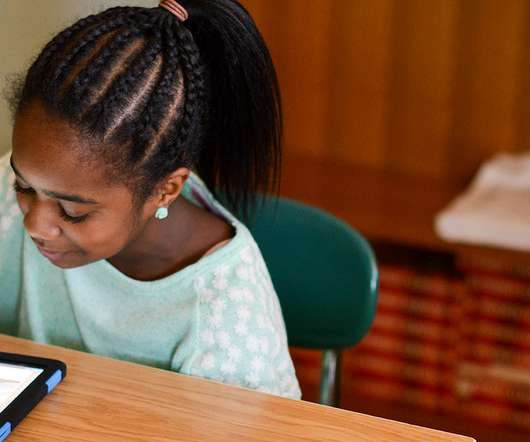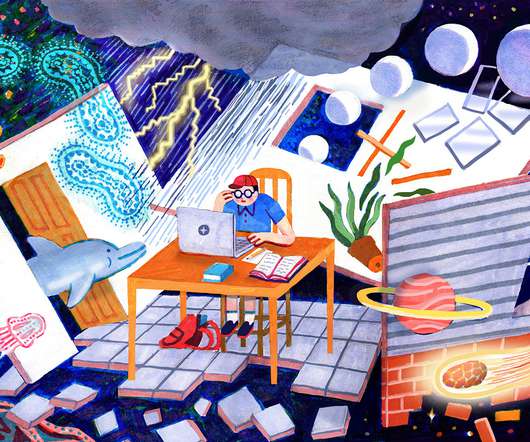Verizon Innovative Learning Schools Recognized for Addressing Digital Divide During Pandemic
Digital Promise
MAY 28, 2021
Closing the digital divide became even more important last year as students without reliable internet access at home struggled to connect to their classes. Courses such as “Moving Forward with Hybrid Learning” and “Creating Digitally Inclusive and Accessible Learning Experiences” are aligned with Digital Promise micro-credentials.
















Let's personalize your content